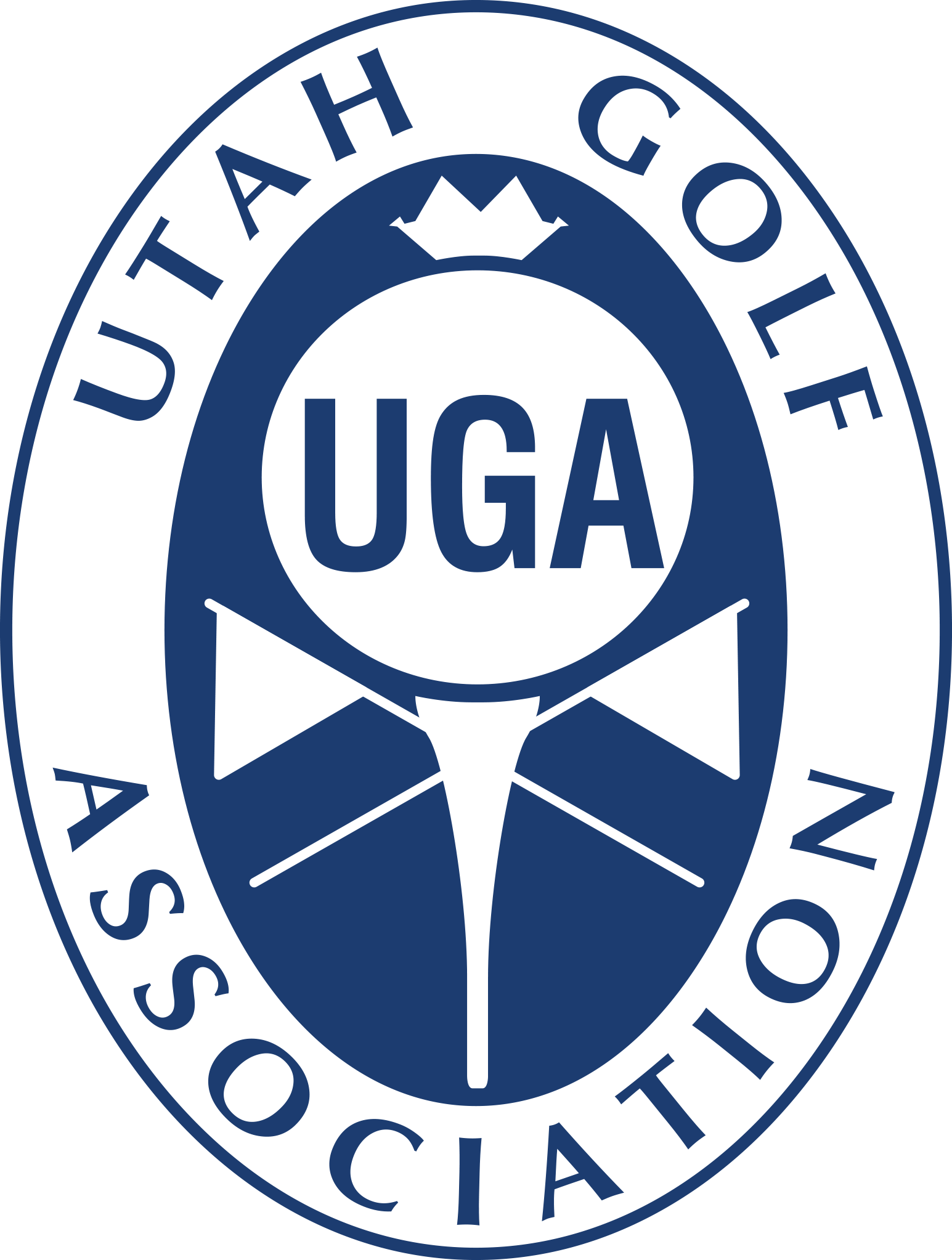News
Check out what has been happening in Utah Golf.
The USGA And The R&A Release Clarifications to Rule 10.2b(4): Restriction on Caddie Standing Behind Player
|
|
LIBERTY CORNER, N.J. and ST ANDREWS, Scotland (Feb. 6, 2019) – The USGA and The R&A have provided two clarifications to Rule 10.2b(4) regarding restrictions on caddies standing behind players, which take effect immediately.
The purpose of Rule 10.2 is to reinforce the fundamental challenge of making a stroke and to limit the advice and other help a player may receive during a round.
Rule 10.2b(4) ensures that aiming at the intended target is a challenge that the player must overcome alone. It states:
“When a player begins taking a stance for the stroke and until the stroke is made, the player’s caddie must not deliberately stand in a location on or close to the player’s line of play behind the ball for any reason. If the player takes a stance in breach of this Rule, he or she cannot avoid penalty by backing away.”
Exception – Ball on Putting Green: When the player’s ball is on the putting green, there is no penalty under this Rule if the player backs away from the stance and does not begin to take the stance again until after the caddie has moved out of that location.”
The two clarifications provided today can be summarized as follows:
- Meaning of “Begins Taking a Stance for the Stroke”: If a player backs away from a stance, the player is not considered to have begun “a stance for the stroke.” Therefore, a player can now back away from his or her stance anywhere on the course and avoid a breach of Rule 10.2b(4) if the caddie had been standing in a location behind the ball.
- Examples of When a Caddie is Not “Deliberately” Standing Behind the Ball When a Player Begins Taking Stance for Stroke: As written, the Rule does not apply if a caddie is not deliberately standing behind a player. It is clarified that the term “deliberately” requires a caddie to be aware that 1) the player is beginning to take a stance for the stroke to be played and 2) he or she (the caddie) is standing on or close to an extension of the line of play behind the ball. Several examples are given in the clarification to provide additional guidance.
The complete language to these two clarifications can be found here.
These major clarifications confirm the recent rulings given in relation to Rule 10.2b(4).
Clarifications provide additional guidance on a Rule based on the circumstances that may arise in applying it. They are part of an ongoing list provided to players and referees.
“Experience has taught us that introducing a new Rule requires us to balance patience with a willingness to act quickly when necessary,” said Thomas Pagel, USGA senior managing director of Governance. “With so many pivotal changes to the Rules this year, we’ve committed to offering any assistance needed in making the Rules easier to understand and apply, without taking away the inherent challenge of playing the game. We appreciate that everyone involved in drafting these clarifications worked together with this same goal in mind.”
David Rickman, executive director – Governance at The R&A, said, “These clarifications are designed to improve the operation of the Rule and give the players more opportunity to avoid a breach while remaining true to the purpose of the Rule. We appreciate that this requires some players and caddies to make an adjustment, but we believe there is widespread acceptance that it is for the player alone to line up a shot.”
A spirit of collaboration has been central to the initiative to modernize golf’s Rules since it began in 2012 and the USGA and The R&A consulted with various entities in the game, including the LPGA Tour, the European Tour and the PGA Tour, to ensure an appropriate level of guidance has been given through these clarifications.
A full list of clarifications to golf’s new Rules can be found on usga.org/RulesClarifications and will be incorporated into the USGA’s and The R&A’s respective Rules of Golf apps later this year.
Golf’s new Rules were finalized in March 2018, following a worldwide comment period and testing. Educational materials can be found at www.usga.org/rules.
For more information, please visit www.USGA.org or www.RandA.org.
About the USGA
The USGA conducts the U.S. Open, U.S. Women’s Open, U.S. Senior Open and the U.S. Senior Women’s Open, as well as 10 amateur championships and international matches, attracting players and fans around the world. Together with The R&A, the USGA governs the game worldwide, jointly administering the Rules of Golf, Rules of Amateur Status, equipment standards and World Amateur Golf Rankings, with a working jurisdiction in the United States, its territories and Mexico.
The USGA is one of the world’s foremost authorities on research, development and support of sustainable golf course management practices. It serves as a primary steward for the game’s history and invests in the development of the game through the delivery of its services and the work of the USGA Foundation. Additionally, the USGA’s Course Rating and Handicap systems are used on six continents. For more information, visit www.usga.org.
About The R&A
Based in St Andrews, The R&A runs The Open, elite amateur events, international matches and rankings. Together The R&A and the USGA govern the sport of golf worldwide, operating in separate jurisdictions but sharing a commitment to a single code for the Rules of Golf, Rules of Amateur Status and Equipment Standards. The R&A, through R&A Rules Ltd, governs the sport worldwide, outside of the United States and Mexico, on behalf of over 36 million golfers in 143 countries and with the consent of 156 organisations from amateur and professional golf.
The R&A is committed to working for golf and supports the growth of the sport internationally and the development and management of sustainable golf facilities. For more information, visit www.randa.org.
